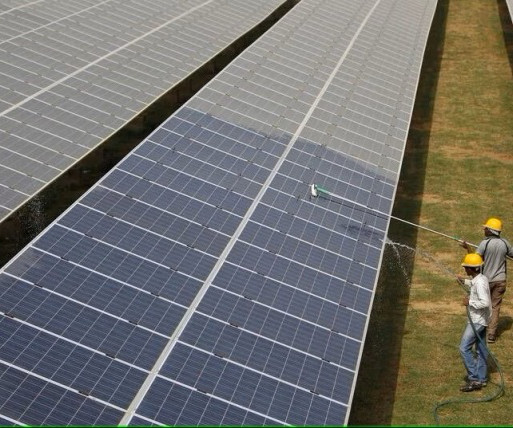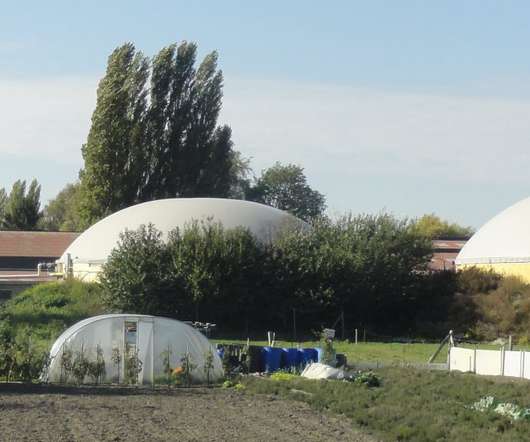How Will DTE’s Long-Term Plan Impact Michigan’s Clean Energy Future?
Union of Concerned Scientists
DECEMBER 1, 2022
Additionally, long-term energy plans consider how utilities will operate their existing power generating facilities and what type of new facilities they might build and when. DTE currently has 3,000 MW of existing and approved solar and wind resources.) What’s in DTE’s proposed plan?


















Let's personalize your content